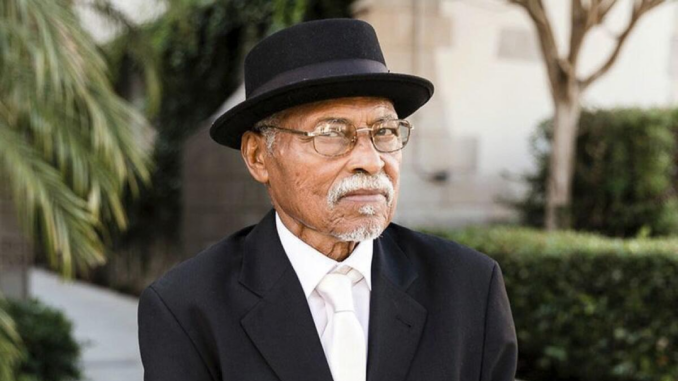
As we mark the fiftieth anniversary of Sanford and Son, it’s time to reflect on how this iconic sitcom not only entertained audiences but also broke serious ground in television history. Premiering in 1972, Sanford and Son became a cultural phenomenon, blending humor with poignant social commentary. Let’s dive into the significance of this beloved series and explore how it shaped the landscape of television comedy.
A Brief Overview of Sanford and Son
The Premise of the Show
Sanford and Son follows the misadventures of Fred Sanford, a cantankerous junk dealer played by the legendary Redd Foxx, and his son Lamont, portrayed by Demond Wilson. Together, they navigate the ups and downs of life in Los Angeles while running a junkyard. The show’s humor often stemmed from the father-son dynamic, showcasing their bickering, love, and resilience.
The Creative Minds Behind the Series
Created by Norman Lear and Bud Yorkin, Sanford and Son was based on the British series Steptoe and Son. Lear and Yorkin were known for their ability to tackle serious social issues through comedy, and Sanford and Son was no exception. The show quickly became a platform for discussing race, class, and family dynamics in America.
Breaking Barriers in Television
Representation Matters
One of the most significant aspects of Sanford and Son was its representation of African American characters in leading roles. At a time when Black actors were often relegated to stereotypical roles, the show provided a platform for complex, relatable characters. Fred and Lamont Sanford were not just comedic figures; they were fully realized individuals with dreams, struggles, and relationships.
Addressing Social Issues with Humor
Sanford and Son wasn’t afraid to tackle serious topics, such as poverty, racism, and generational conflict. The show used humor as a vehicle to address these issues, making them accessible to a wide audience. For instance, Fred’s interactions with law enforcement often highlighted the racial tensions of the time, while also providing comedic relief.
The Impact of Fred and Lamont’s Dynamic
A Relatable Father-Son Relationship
The relationship between Fred and Lamont is at the heart of the show. Their bickering and banter reflect the complexities of real-life family dynamics. Viewers could relate to their struggles, whether it was dealing with financial hardships or navigating the challenges of growing up.
Humor with Heart
While the show is known for its sharp wit, it also delivered heartfelt moments that resonated with audiences. Fred’s love for Lamont, despite their constant bickering, showcased the depth of their relationship. These moments added emotional weight to the comedy, making it more than just a laugh fest.
Cultural Impact and Legacy
Influencing Future Sitcoms
Sanford and Son paved the way for future sitcoms featuring Black families, such as The Cosby Show and Fresh Prince of Bel-Air. Its success demonstrated that shows centered around African American experiences could resonate with a broad audience, leading to more diverse storytelling in television.
A Lasting Influence on Comedy
The show’s blend of humor and social commentary has influenced countless comedians and writers. Redd Foxx’s comedic style, characterized by his sharp wit and improvisational skills, set a standard for future generations of comedians. His ability to tackle serious subjects with humor remains a blueprint for many contemporary shows.
Memorable Moments and Quotes
Iconic Catchphrases
Sanford and Son is filled with memorable quotes and catchphrases that have become part of pop culture. Fred’s iconic line, “You big dummy!” is just one example of the show’s humor that continues to resonate with fans. These catchphrases not only highlight the characters’ personalities but also contribute to the show’s enduring legacy.
Classic Episodes
Some episodes of Sanford and Son have become legendary, showcasing the best of Fred and Lamont’s dynamic. From their hilarious misadventures in the junkyard to heartfelt moments that reveal their deep bond, these episodes continue to entertain audiences and remind us of the show’s significance.
